How to Find Hidden Mold in Your House
Whoa! Is it just you or has your home acquired a musty odor what seems like overnight? Additionally, you have started to notice spots forming on the surfaces, such as on the walls, ceilings, and even in your counters near the sink or bathroom in your home. All of these signs cannot be taken lightly, as these can be a clear notice to a homeowner that something is not right in your home – which can be tainting the indoor air quality of your home, ruining the surfaces in your home, and even contributing to certain health effects that an occupant may have begun to experience strictly within this indoor space.
The process of detecting and identifying mold inside of a home is never an easy task, and there are many components to consider when looking for mold indoors. Humidity, temperature, moisture, and other conditions within a home can be the underlying culprit behind mold growth in these environments. Also, certain tell-tale signs in your home like musty odors, discoloration on surfaces, exposure symptoms in home occupants, and even moisture intrusions in a home can all give insight into a potential mold infestation in your most sacred space – your home.
In this article we are going to learn more about how to find hidden mold in your house, how mold forms in this indoor space, and the best remediation methods to eliminating airborne mold microorganisms from the polluted air of your home.
What is Mold in House
A suspicious fast-growing fungus can take over your home in an instant, with optimal conditions present and a food source available mold will thrive in the indoor environment of your home. Mold is a versatile fungus that can grow in both outdoor and indoor environments, which will both contain various optimal conditions for mold formation to take place in this space. A critical environmental condition for mold growth will include moisture and warmth that will allow the mold species a food source and warm climates to thrive. Additionally, when it comes to the surfaces in your home that mold will grow on, these various surfaces that are favored will include fabric, paper, wood, glass, and plastic – which are all materials that the mold can digest and feed on as they continue to grow.
With the growth of mold in your home, the emission of mold spores will soon follow and work to compromise the indoor air quality along with potentially harming those individuals exposed to this indoor space. According to Medical News Today, mold spores are small seed-like spores that are released directly from mold growth in an environment. As the mold releases the spores into the air of the indoor environment it will freely float within the air and in some cases become trapped in the air, if the indoor environment has restricted airflow and ventilation. These mold spores as they float within the air will eventually settle onto surfaces in this environment and begin the process of growing mold directly on the surfaces, and the process of mold spore emission will begin all over again in a vicious cycle.
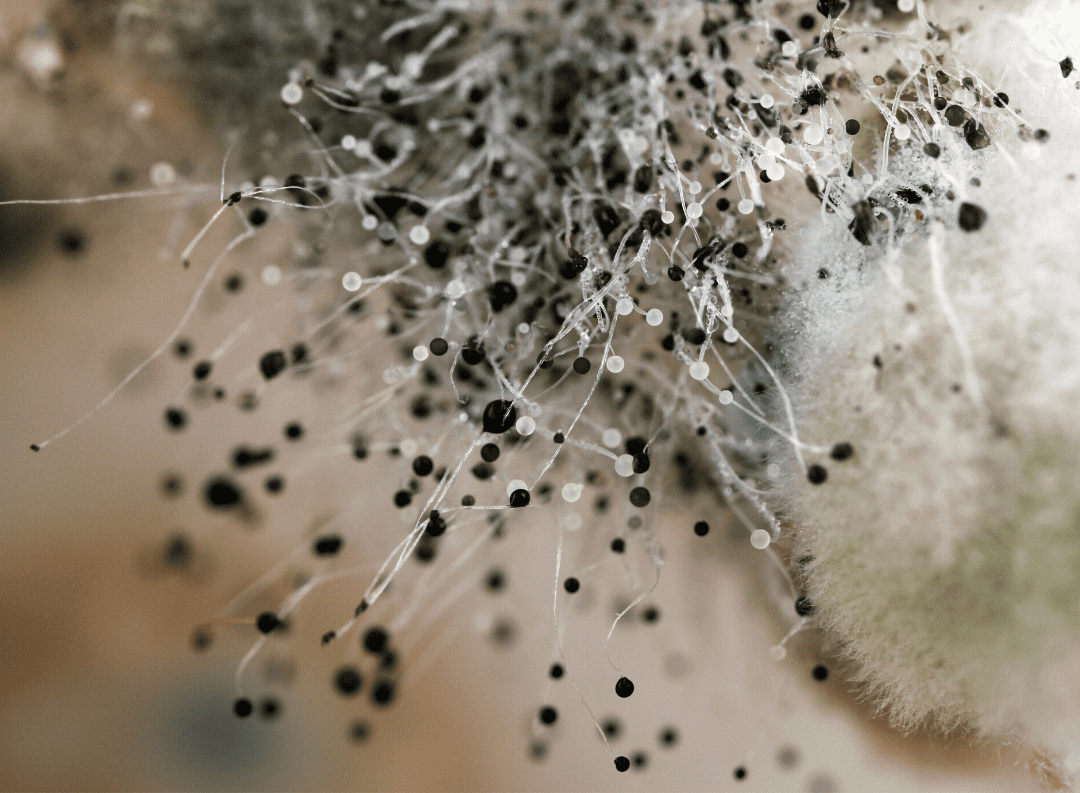
Do I Have Mold in My House?
Have you just experienced high levels of moisture in your home from a rainstorm or even dealing with high levels of humidity in the summer? All of these outdoor conditions can make for the right conditions for mold to enter into your home and begin its aggressive growth within the indoor space. The moment you see a moisture intrusion or even the slightest bit of humidity fog up your mirror, windows, or other glass around your home than you may want to take a look around your home to spot any discoloration or mold growth on the surfaces in this environment. When it comes to identifying and locating mold in your home, it can be a tough task since mold can grow EVERYWHERE! No matter how clean your home it or how maintained you keep it, mold can still sneak its way into the indoor space of this environment and lead to poor indoor air quality and potential health effects to occupants in this space.
One of the most identifiable signs that mold may be growing within your home will be underlying symptoms that remain consistent for occupants only when inside this indoor space. Mold can contain allergens and other toxic substances that can be released into the air and eventually elicit adverse health effects to those individuals with mold sensitivities. It is important to understand that mold does not bother everyone, and according to the Asthma and Allergy Foundation of America (AAFA) they stated that out of thousands of mold species, only a few dozen of these species will actually trigger health problems. For those specific species of mold that do elicit health effects from those sensitive occupants, symptoms can start to occur from exposure to this mold such as sore throat, coughing, stuffy nose, and even more symptoms that will be closely similar to allergy symptoms.
Dangerous Mold in House
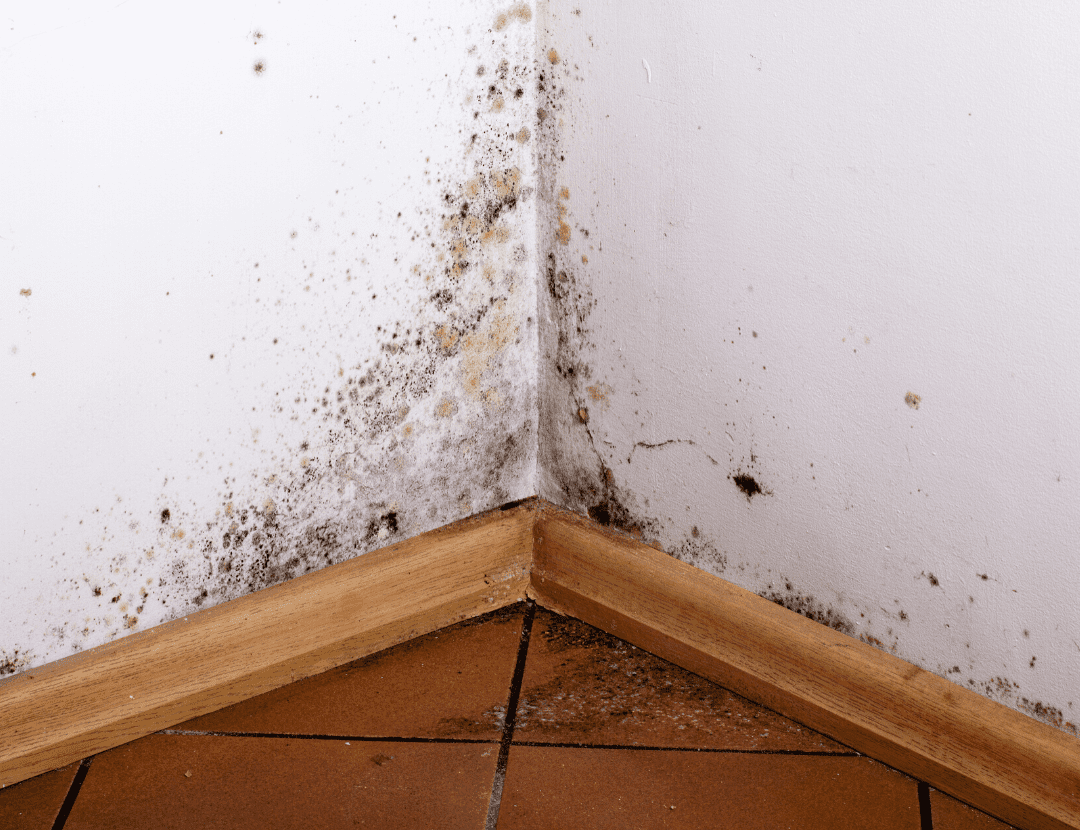
If you have identified mold in your home, it will be critical to determine what the actual mold species is that is growing inside this environment, due to the fact that some mold species can be more dangerous and harmful when exposed to than others. Each mold species will have their own characteristics, growth patterns, and health effects that it can produce into the indoor environment of a home. The various harmful molds that can emit hazardous substances into the air can range in classifications from allergenic, pathogenic, and toxigenic. Allergenic molds will produce allergies and allergenic reactions to an occupant such as asthma attacks and other allergic symptoms. Pathogenic molds will cause health problems in those who are suffering from an acute illness such as respiratory diseases and other illnesses. Lastly, toxigenic molds will produce a toxic substance that can lead to a dangerous or even deadly health condition – and these are referred to as “toxic mold”.
When it comes to dangerous molds that can grow in a house, there are several species that will be the most common culprits in this environment. These mold species will include Acremonium, Alternaria, Aspergillus, Chaetomium, Cladosporium, Penicillin, and Stachybotrys. Here’s how it works identify mold types in a home.
- Acremonium: A toxigenic mold that will evolve in its appearance over time, first starting as a small moist mold that turns into a fine powdery substance. This mold will often take on the color of pink, grey, orange, or white and it can produce carcinogenic substances into the air that can be dangerous to occupants exposed to this mold.
- Alternaria: One of the most common allergenic molds that can be present in a home, that will typically grow wherever moisture is in the environment. This mold can be located near showers, bathtubs, or below sinks where water will be near. This allergenic mold will likely cause asthma-like symptoms including the upper respiratory tract, nose, and mouth.
- Aspergillus: The most common mold found in American households, this mold will appear as long flask-shaped spores that can form thick layers on walls of the mold. This allergenic mold is capable of becoming more toxic depending on the species and the environment affected, which can lead to asthma attacks, lung infections, and even respiratory inflammation.
- Chaetomium: A mold that grows in a water-damaged home or building, will produce cotton-like texture and changes color from white to grey to brown and eventually black over time. Chaetomium mold will cause health effects such as skin and nail infections and will even produce toxic mycotoxins into the air that can compromise a person’s immune system.
- Cladosporium: An allergenic mold type that is unique due to the fact that it can grow in both warm and cold conditions. This mold is often found thriving in indoor materials such as fabrics, upholsteries, and carpets. Cladosporium will cause allergic reactions to the eyes, nose, throat, and skin if and when exposure occurs.
- Penicillin: An allergenic form of mold that is easily identified by its blue and green color that appears on surfaces. This mold often forms in homes with water damage that have carpeting, wallpaper, or other surfaces present in the environment. Penicillin exposure can cause pulmonary inflammation and asthma in some cases.
- Stachybotrys: Also known as black mold, it is a toxigenic mold species that can cause allergic reactions when exposure occurs in the human body. This mold will appear as a dark greenish or black color on surfaces and this will be one of the tell-tale signs of Stachybotrys in a home. This toxic mold will produce mycotoxins that can cause severe health problems to those who have been exposed to it in the environment. These symptoms will include difficulty breathing, sinusitis fatigue, and even depression.
How to Know If You Have Mold in Your House
As we have learned throughout this article, when mold begins to form and aggressive grow inside your home it can lead to potentially hazardous qualities to the environment such as indoor air quality and health effects. When it comes to identifying mold in your house and figuring out that mold is present there can be several key identifiers that will point to this fungus intrusion.
Below we will discuss the key signs of mold growth in your home and what these signs can do to your indoor environment.
- Visible Discoloration on Surfaces: One of the most obvious signs of mold in a home will be discoloration that is present on surfaces such as walls, ceilings, and other surfaces in a home. If you see a ton of visible mold than the problem may be bigger than you may have initially thought.
- Health Effects in Occupants: Have you started to notice that certain health symptoms are present only within the confined space of your home? If this is the case than you may have a mold problem on your hands, that is continually growing in your personal indoor environment. Health symptoms that mold can trigger can include allergy-type symptoms like coughing, sneezing, difficulty breathing, etc.
- Musty Smell: The distinct smell of mildew or mustiness in a home may also be another indicator of mold growth in a home. Many different species of mold will produce a moldy odor into the environment and this smell can be spread throughout the air space, alerting the occupant of a problem in their home. Once this smell starts to become apparent in your home it will be necessary to begin your searching of mold in the environment.
- Flooding or Moisture Intrusions: A past or existing flooding, leak, or moisture intrusion can be an indicator that mold may exist in your indoor environment. Mold will latch onto a moisture intrusion in a home and begin its aggressive spreading of this fungus in the indoor space. Thus, it is important to remediate moisture intrusions quickly and look out for mold that might grow from this moisture in a home.
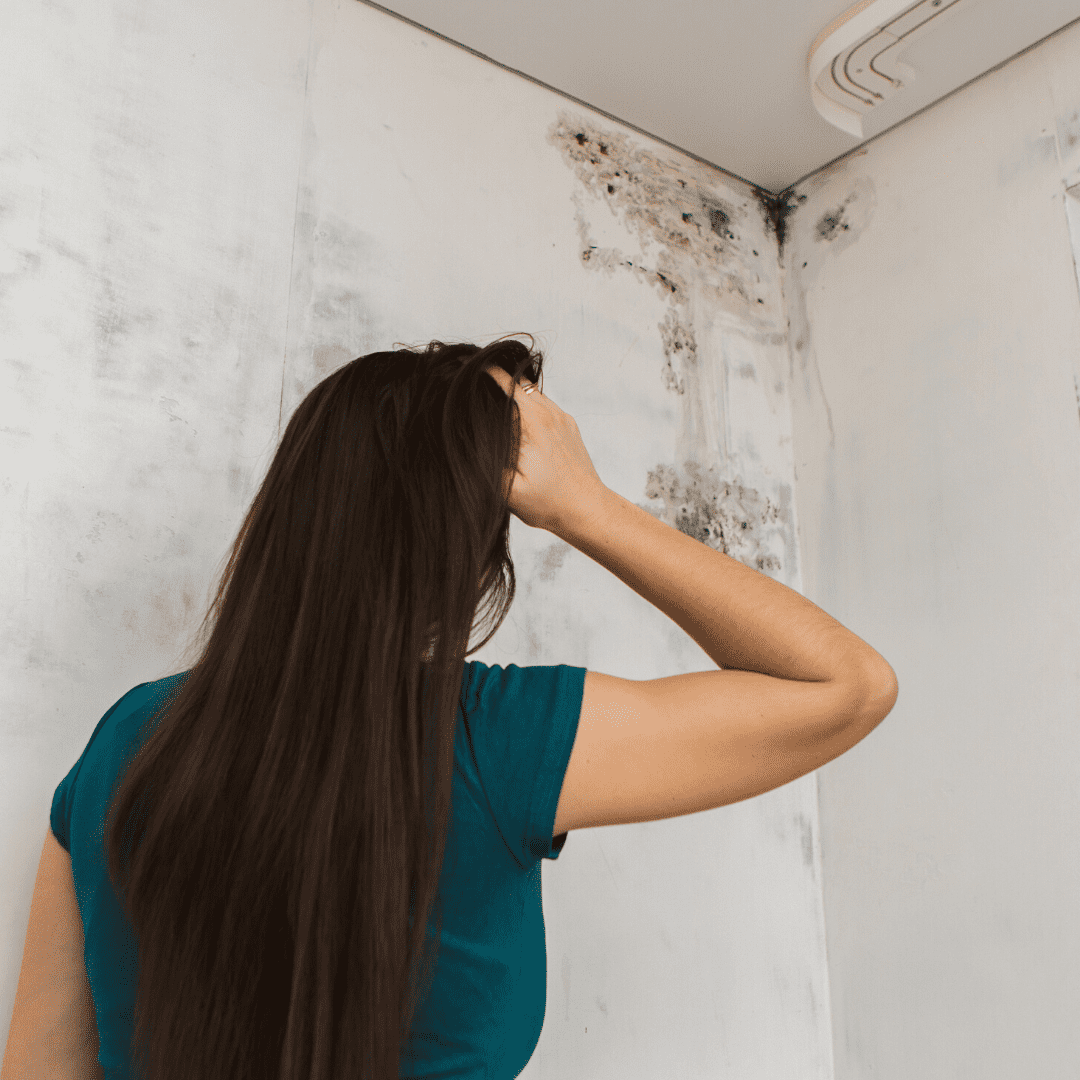
How to Test for Mold at Home
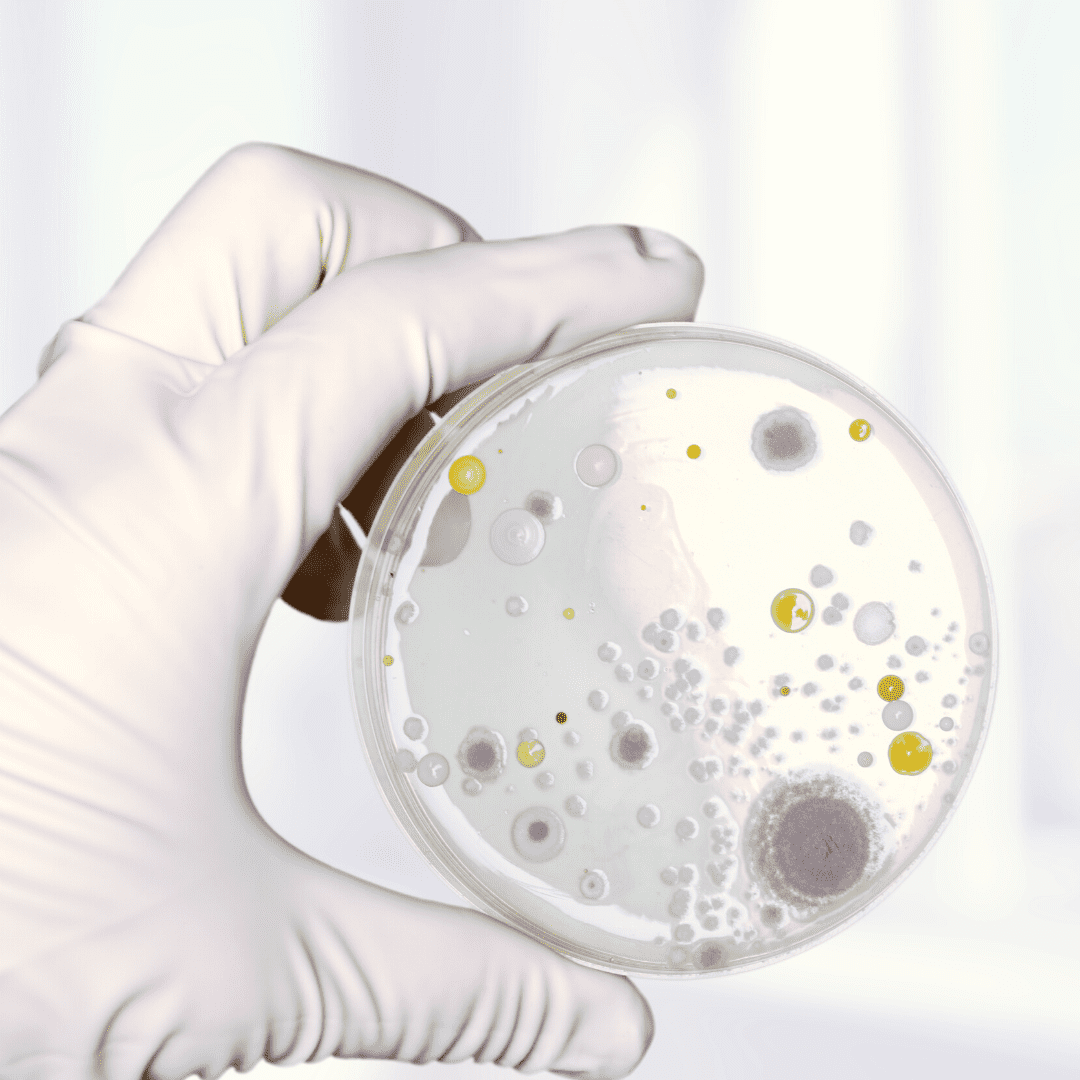
Are you wanting to get confirmation that mold is really present in your home, and not just in your head? Many homeowners may think they have mold but to determine if mold is really an indoor issue the best way to determine this is through proper mold testing in this space. Hiring a professional mold company to test for mold is the ideal method for testing for mold in a home, these professionals are experienced at collecting and analyzing mold samples to get an accurate result. These experts will come into the indoor space and take samples that will identify if mold is present and what species of mold is growing within this environment.
When mold is identified to be in a home the next steps will be to have a mold remediation specialist come into the environment and properly remove the mold from the surfaces of your home. These trained professionals will effectively extract the mold from the surfaces of a home while safely doing so to prevent spreading of the mold into other areas of the home. However, although mold remediation specialists work to remove the mold from the surfaces, they do not rid the mold and mold spores from the air of the environment. The best way to work to remove the airborne mold spores from a home is through the use of an air purification device.
The EnviroKlenz UV Air Purifier is an efficient air purifier that is able to effectively filter out mold spores traveling in the air, trapping it within a hospital-grade HEPA filter, and the exposure of the collected mold spores to the germicidal properties of the UV-C lights above the HEPA filter inside the machine. EnviroKlenz utilizes an advanced earth mineral technology that works for toxic and noxious chemical and odor removal, that is integrated within an air filter inside of the air purifier, located above the UV-C lights and HEPA filter.
The hospital-grade HEPA filter is capable of trapping particulate matter larger than 0.3 microns with a 99.99 percent efficiency, this will include those small mold spores that travel in the air and get pulled into the air purifier and collect on the HEPA filter. As the mold spores are collected on-top of the HEPA filter, they will get exposed to the germicidal range of the ultraviolet light spectrum (UV-C). This setup and arrangement provide increased exposure of the collected mold spores and other microorganisms found on the filter media to the UV-C.
Article Sources:
UV Mobile Air System

✓ Patented earth mineral technology works to attack VOCs and break them down on a compound level
✓ No chemicals or masking agents
✓ Will not release any chemicals back into your environment
✓ UVC lamps are continuously shining on the collected organisms with high effeciency of kill and destruction
Comments
Post a Comment